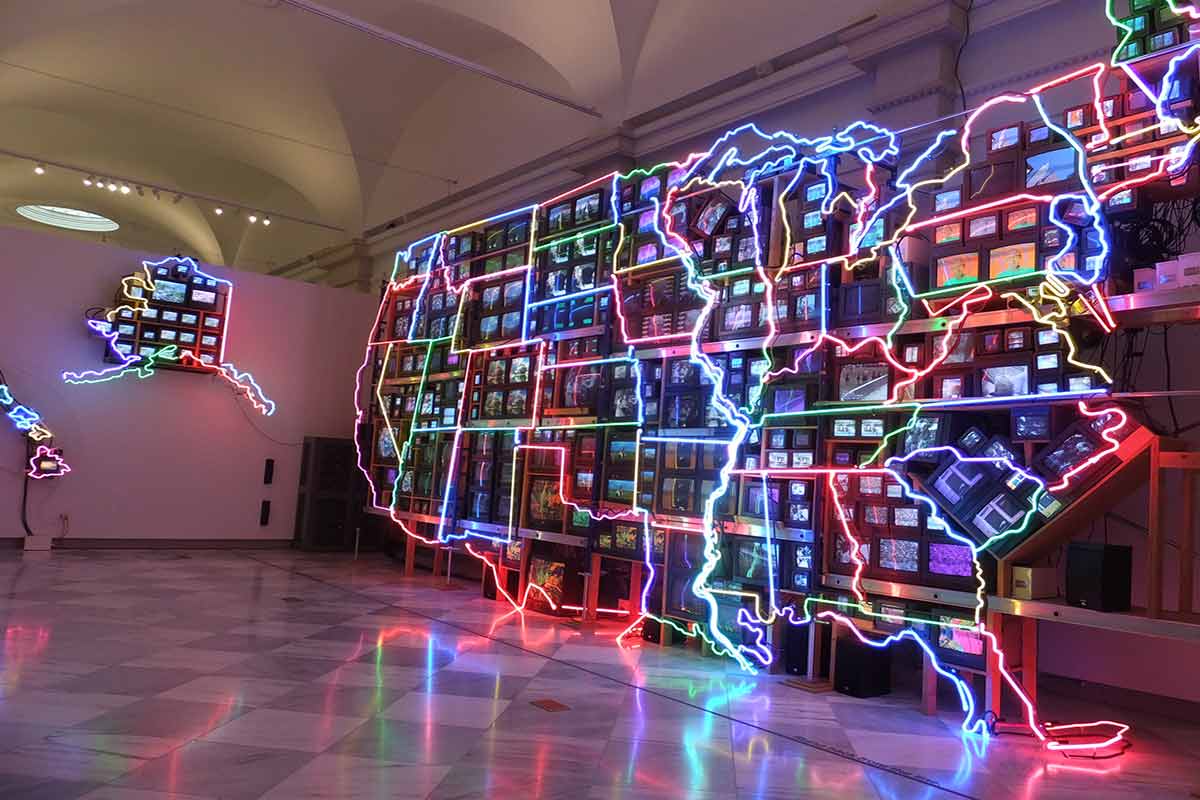Week 8
WEEK 8: NANOTECH + ART
My eyes were enlightened to the enormous possibilities and complex ramifications of this cutting-edge topic by this week's investigation of nanotechnology in connection with art. Richard Feynman is credited with creating the basis of nanotechnology in 1959 when he predicted that atom manipulation on a nanoscale would transform several sectors.
3 Key Areas Where Nanotechnology Is Impacting Our Future
The most impactful reading for me was "The Nanomeme Syndrome: Blurring of fact & fiction in the construction of a new science." This reading discusses how the fuzzy boundaries between fact and fiction in nanotechnology stimulate public imagination and scientific innovation, while also leading to misconceptions and concerns about safety(Gimzewsk et. al).It advocates for clear communication of scientific facts to prevent misguidance and fearmongering (Schulte, Paul A).
Nanotechnology & Society
Numerous artistic mediums have already found use for nanotechnology. Unique hues and textures have been produced using it in sculptures, paintings, and photographs. Pushing the limits of conventional creative techniques, it enables artworks with never-before-seen intricacy and effects. Nevertheless, there are warnings that while nanotechnology has a lot of potential, moral and technological issues need to be resolved.

The Serious Relationship of Art and Technology
One fascinating aspect is the development of "nanoart," where artists use nanomaterials to create works that can only be fully appreciated under a microscope (Goldman, Lynn). This merging of science and art not only pushes creative boundaries but also invites viewers to engage with the microcosm of our world in new ways.
Works Cited
Bayda, Samer, et al. “The History of Nanoscience and Nanotechnology: From Chemical-Physical Applications to Nanomedicine.” Molecules (Basel, Switzerland), U.S. National Library of Medicine, 27 Dec. 2019, www.ncbi.nlm.nih.gov/pmc/articles/PMC6982820/.
Gimzewski, Jim, and Victoria Vesna. “The Nanomeme Syndrome: Blurring of fact & fiction in the construction of a new science.” Technoetic Arts, vol. 1, no. 1, Mar. 2003, pp. 7-24. doi:10.1386/tear.1.1.7/0.
Goldman, Lynn. “The Promise of Nanotechnology.” Implications of Nanotechnology for Environmental Health Research., U.S. National Library of Medicine, 1 Jan. 1970, www.ncbi.nlm.nih.gov/books/NBK21034/.
Piegorsch, Walter W, and Emmanuelle Schuler. “Communicating the Risks, and the Benefits, of Nanotechnology.” International Journal of Risk Assessment and Management, U.S. National Library of Medicine, 1 Jan. 2008, www.ncbi.nlm.nih.gov/pmc/articles/PMC2759720/.
Schulte, Paul A, and Fabio Salamanca-Buentello. “Ethical and Scientific Issues of Nanotechnology in the Workplace.” Environmental Health Perspectives, U.S. National Library of Medicine, Jan. 2007, www.ncbi.nlm.nih.gov/pmc/articles/PMC1817662/.
Image Cited
Brooks, Chuck. “3 Key Areas Where Nanotechnology Is Impacting Our Future.” Forbes, Forbes Magazine, 12 Oct. 2022, www.forbes.com/sites/chuckbrooks/2022/05/31/3-key-areas-where-nanotechnology-is-impacting-our-future/?sh=25a4ed6741af.
“Nanotechnology & Society.” CNS.UCSB, cns.ucsb.edu/about/nanotechnology-society.html. Accessed 23 May 2024.
"The Serious Relationship of Art and Technology." Widewalls, www.widewalls.ch/magazine/the-serious-relationship-of-art-and-technology. Accessed 23 May 2024.

Comments
Post a Comment